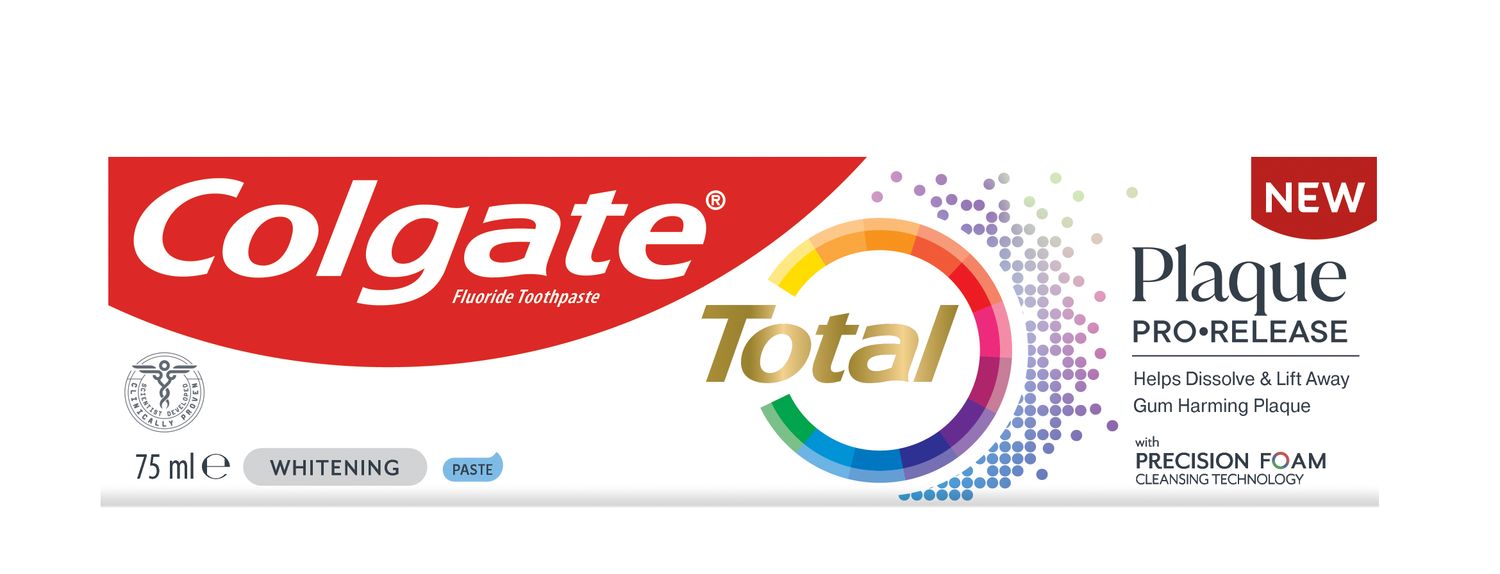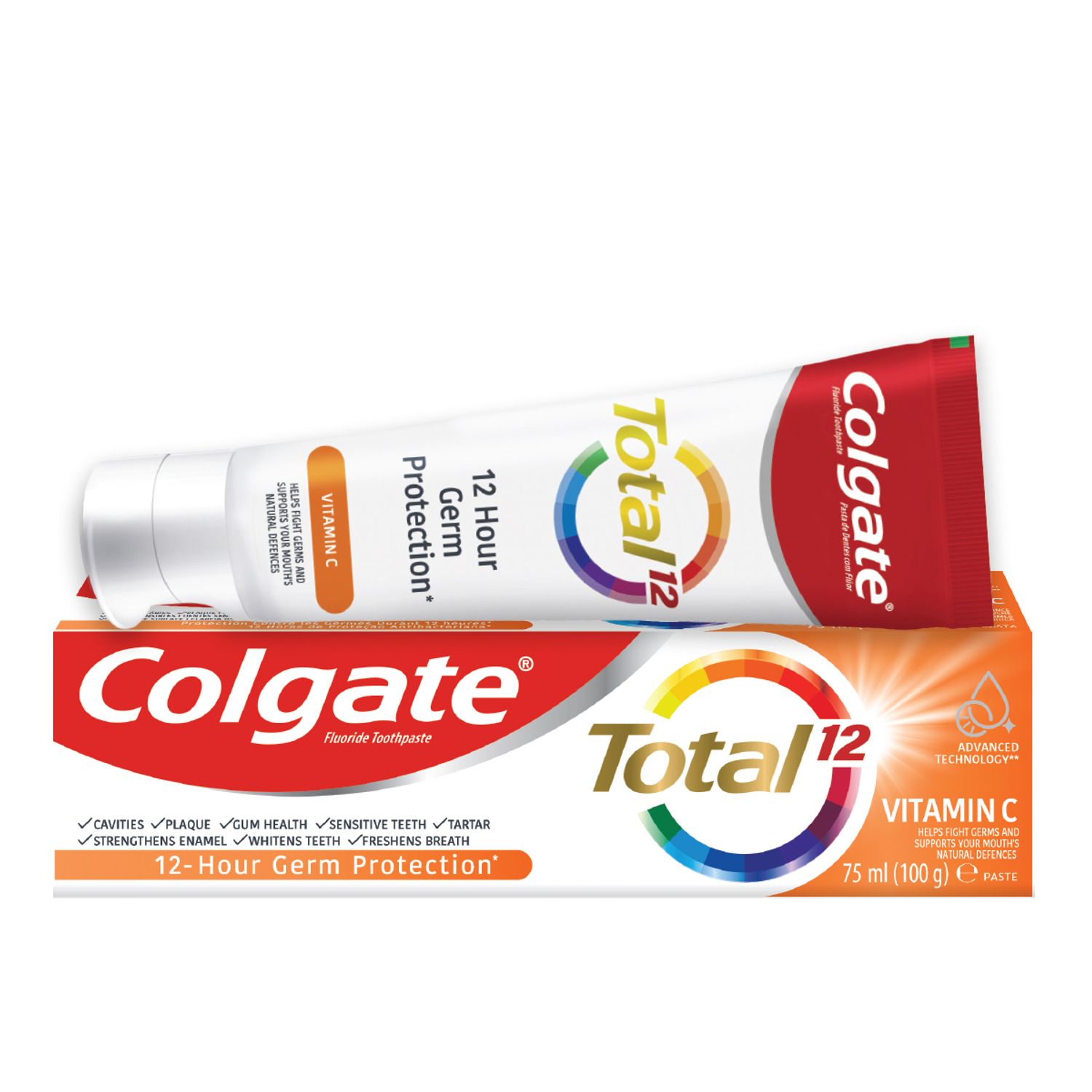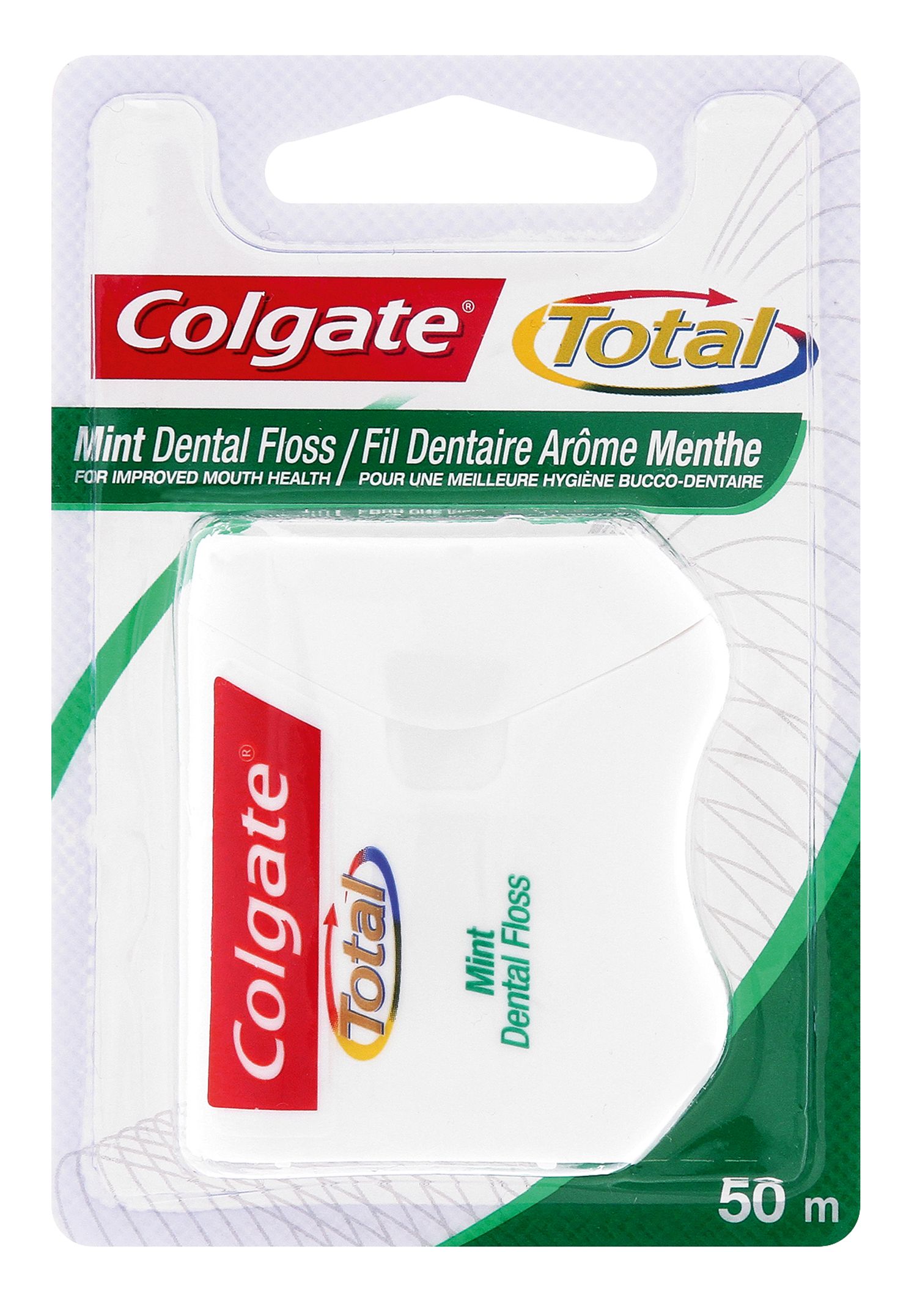The Root Cause
Gingival overgrowth can be caused by several mechanisms, but all occurrences will have very similar appearances. A study in the journal Histopathology describes the condition as "a small papillary or velvety bright red gingival overgrowth that bleeds easily". However, the overgrowth can also be extensive and round in appearance. It is usually found on the front of the teeth and can occur on the sides of the tongue in some cases.
One of the causes is inflammation, which can be induced by poor oral hygiene or a dental appliance like orthodontic braces. Other factors include systemic conditions (like hormonal imbalances or leukemia), medications or hereditary conditions. Also, localised overgrowth can be a benign or malignant lesion.
Drug-Induced Gingival Hyperplasia
The drugs that have been associated with overgrowth fall into three categories: anti-seizure medications, immunosuppressive medications used in transplant patients, and calcium channel blockers used to treat various cardiovascular conditions, like high blood pressure. According to a study published in the Journal of Indian Society of Periodontology, gum inflammation may be an initiating factor of gum overgrowth. Therefore, it is important to notify your dentist or dental hygienist if you take any of these drugs. He or she can then pay special attention to make sure these agents do not start to affect the gingiva.
Diagnosis and Treatment
As the overgrowth can have several causes, it is important to get the right diagnosis. A biopsy may be necessary to rule out pathological conditions. If the cause is gingival inflammation, periodontal therapy and improved oral hygiene will be needed. If the cause is a medication, your physician may need to be consulted. Stopping or changing the medication can help limit the overgrowth, but never stop a medication without consulting your physician. Just stopping the medication will not usually reverse the overgrowth, so additional treatment may be required.
Surgical Removal
The overgrown gums may ultimately require surgical removal. Good oral hygiene, especially the effective removal of plaque between the teeth, can alleviate the condition. If patients are not able to discontinue the medication in the case of drug-induced overgrowths, surgical removal may be the only effective treatment. This can be done with a scalpel or laser.
If the root cause is not resolved, however, the enlargement will likely return, and surgery may have to be performed numerous times. Pressure devices that look like night guards are sometimes used to try and limit the rate of rebound of the tissues. Also, your dentist may have you return every three months to clean the areas as a way of limiting the effects of inflammation on the soft tissues.
Dental Hygiene
Once overgrowth has started, it is difficult to maintain good oral hygiene. Poor oral hygiene can also increase inflammation, which could in turn prompt the overgrowth. Swishing with an antiseptic mouthwash will leave your entire mouth fresh and clean, well helping with protection against germs.
If you think you have an area of overgrowth, visit your dentist for an evaluation of your condition. If you are currently taking medications that can cause overgrowth, consult your physician and dentist.














